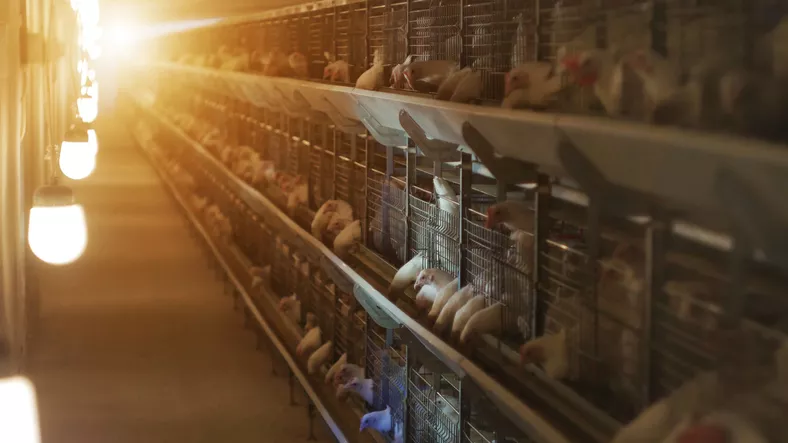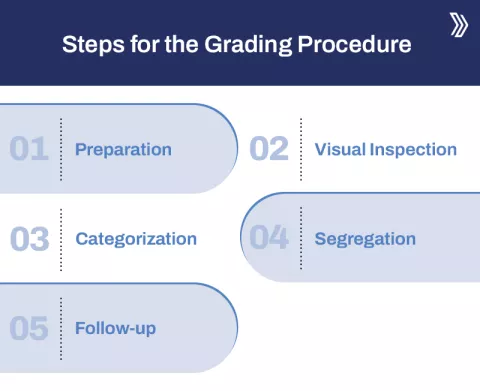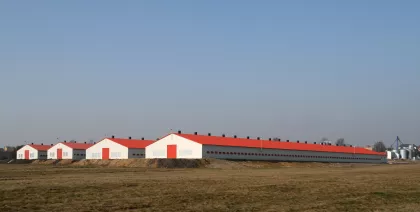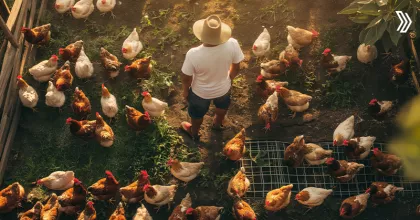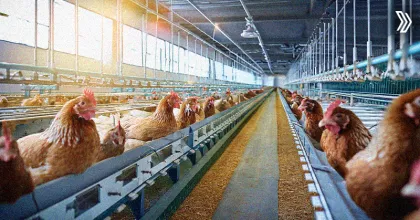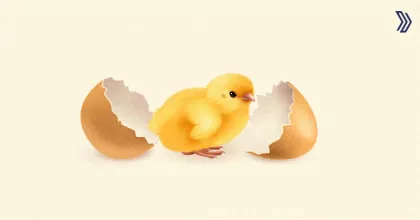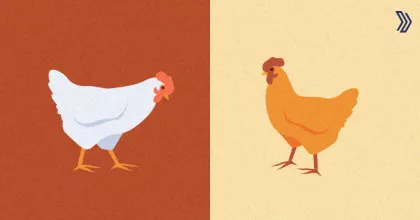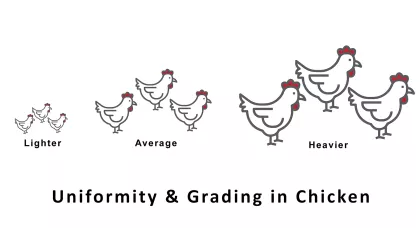Flock grading is a crucial aspect of breeder management in the poultry industry whereas Flock uniformity plays a major role in the proper management of breeder flocks.
Flock grading involves categorizing birds based on specific criteria like the weight and productivity of a flock, whereas flock uniformity means the evenness of body weights within a flock.
In this blog, we'll explore the principles of grading, its importance, and the step-by-step grading procedure.
Understanding the Principles of Grading
Grading is a systematic process that adheres to well-defined principles. It's a great way to improve the uniformity of a flock!
With grading, the flock is separated and groups of smaller and bigger birds are formed to improve the total flock uniformity.
The grading principles serve as guidelines to ensure consistency, and fairness while classifying birds. The primary principles of grading are the following:
1. Objectivity: Grading should be based on measurable and observable characteristics, minimizing subjective judgments.
2. Traceability: Detailed records should be maintained to track the grading process and facilitate future analysis.
3. Continuous Improvement: Grading practices should be regularly reviewed and updated to incorporate advancements in breeding management.
Importance of Grading
As a biological trait, the flock population will exhibit a natural variation, and the normal distribution of that variable is a bell-shaped curve.
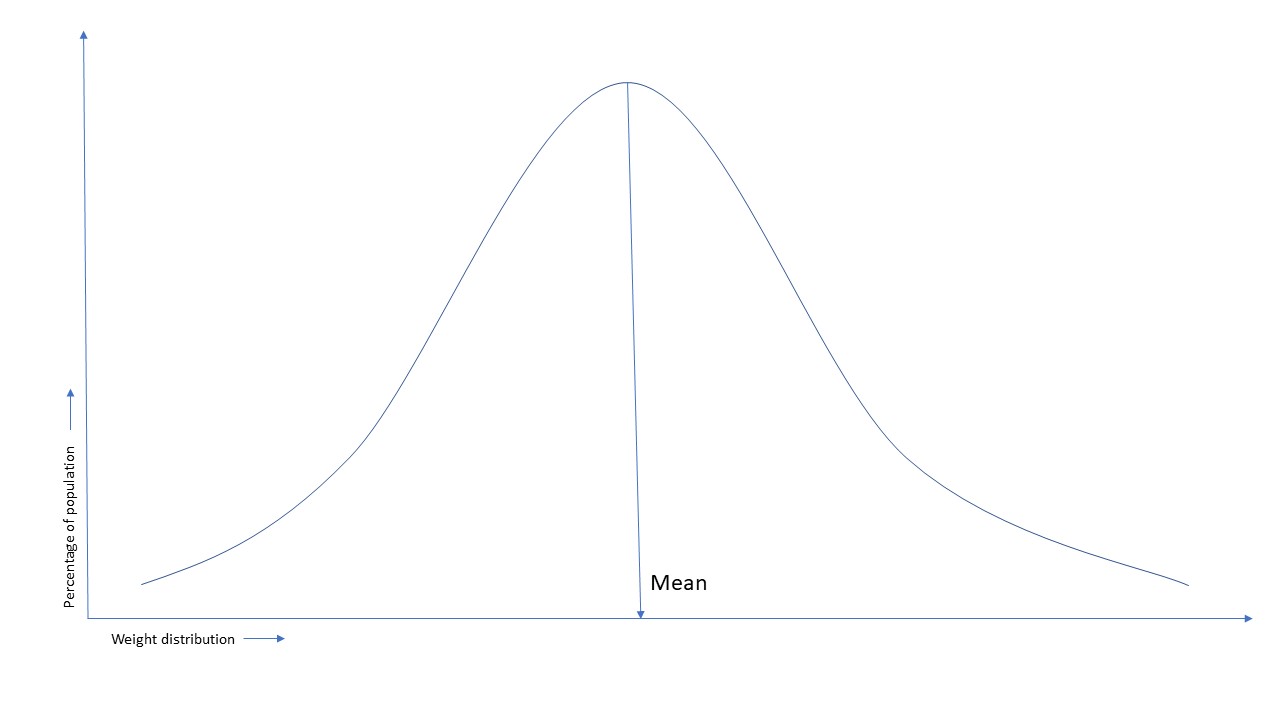
The grading method involves a procedure where the birds that fall under the given mean weight are separated from those birds that are heavy or light (compared to the mean, as they are the extremes of the bird population). This separation allows the heavy and the light birds to be placed in separate pens to manage their body weights.
Depending on the weight category, the heavy and the light birds are managed by controlling the feed so that they are brought back to the body weight of the average population (which is the mean weight).
Grading is usually done between 28-35 days of age and the weight management of the extreme bird population is expected to be completed by the end of the rearing period, 19-22 weeks.
Grading Methodologies
During grading, the different weight categories that the birds are graded into mainly depend upon the farm owner’s choice of measuring flock variation.
Using the uniformity calculation, all the birds that are 10% lighter and 10% heavier than the average mean weight should be kept in separate pens.
If the CV% method is used, depending on the average, and the CV%, the grading cut-off points are decided.
Once the birds are graded into separate populations and moved into different pens, they will remain there until they reach the target body weight. Controlling the body weight is handled by making adjustments to the feed levels.
The birds are expected to reach the target weight by 63-70 days, and if they fail to do so, regrading will be necessary. The birds that are still underweight or overweight by this time will be managed until 105 days.
The Grading Procedure
The grading procedure typically involves the following steps:
1. Preparation : The first and most important task is to gather all the necessary equipment, such as weighing scales, measuring tools, and record-keeping materials.
2. Visual Inspection : The next step is the inspection and data collection. Carefully examine each bird's physical characteristics, like feather quality and overall health. Also check if there is a suitable environment for grading, with proper lighting and handling facilities.
3. Categorization : Based on the inspection collected data and established grading criteria, assign each bird to the appropriate category or grade. Common categories may include breeding stock, broilers, layers, or culls.
4. Segregation : Separate birds into their respective categories or grades, ensuring proper housing, feeding, and management according to their specific needs.
5. Follow-up : Regularly monitor and re-evaluate the graded birds to ensure they continue to meet the desired standards and make adjustments as necessary.
Challenges for Grading
Grading is often seen as a herculean task. Add to that the misconception that it involves too much work for a very little return, and there are numerous reasons why farm owners do not want to grade their flock.
- Increased costs due to more labor.
- Stressful for birds to move between the pens.
- Feeder & drinker configurations.
- Managing feed times.
Such challenges can be eliminated by using cloud-based poultry management software, which will play a major role in managing multiple pens and keeping a tab on every required parameter.
